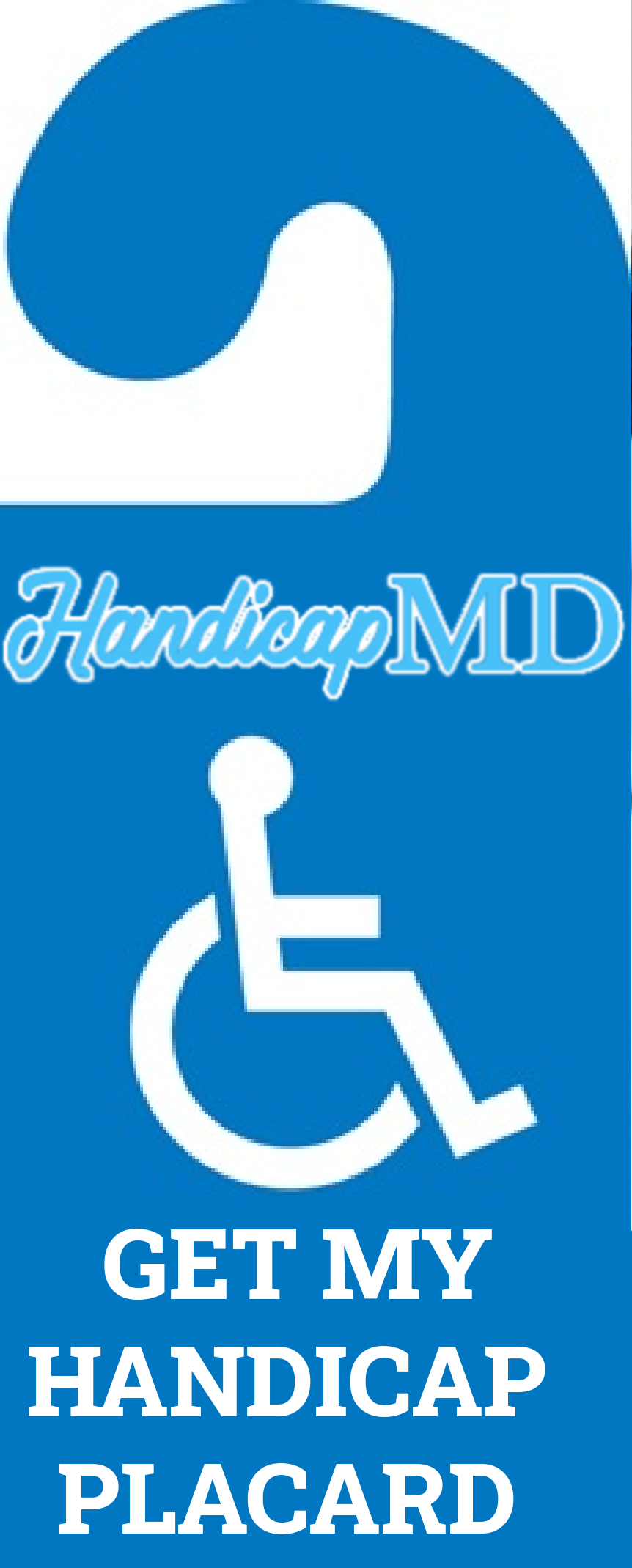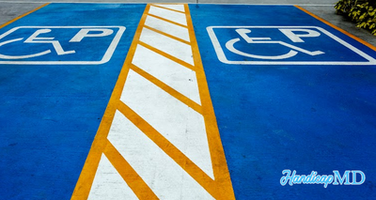
Myths vs. Facts: Debunking Common Misconceptions about Handicap Placards in Vermont
Navigating the regulations and requirements surrounding handicap placards in Vermont can be confusing. There are numerous myths and misconceptions that cloud the understanding of these vital resources. In this comprehensive guide, we delve into the truths behind these myths, offering clarity and debunking common misconceptions. Whether you're a VT resident or planning to visit, understanding the facts about disability tags is essential for ensuring accessibility and compliance.
Understanding Handicap Placards in Vermont
Disability permits play a crucial role in providing accessibility to individuals with disabilities. In Vermont, these permits are issued to eligible individuals to facilitate convenient parking and access to essential services.
Vermont's Department of Motor Vehicles (DMV) oversees the issuance and regulation of passes, ensuring that they are appropriately distributed and utilized.
Myth 1: Handicap Placards Impose Unnecessary Restrictions
One prevalent misconception is that handicap permits impose unnecessary restrictions on property owners and communities. However, the reality is quite the contrary. Disability tags aim to ensure accessibility for everyone, including individuals with disabilities. By providing designated disabled parking spaces, ramps, and other accommodations, these tags facilitate ease of access without unduly burdening property owners.
Myth 2: Disabled Parking Permits Lower Property Values
Another misconception is that properties with disability tags experience decreased value. Contrary to this belief, research suggests that accessible properties tend to attract a broader pool of potential buyers or renters. Features such as wheelchair ramps and widened doorways enhance the property's appeal, potentially increasing its market value.
Myth 3: Handicap Placards Decrease Community Safety
There's a common misunderstanding that Vermont disability tags lead to decreased safety in neighborhoods. However, disability tags often necessitate improvements in infrastructure, such as better lighting and smoother pathways, which can contribute to enhanced safety for all residents. Additionally, accessible spaces and places promote community cohesion by accommodating diverse needs.
Fact 1: Handicap Placards Promote Inclusivity and Accessibility
The primary purpose of disability tags is to promote inclusivity and accessibility within communities. By ensuring that public spaces and facilities are accessible to individuals with disabilities, these tags foster a more equitable environment for all residents. Inclusivity benefits everyone by creating welcoming spaces that accommodate diverse needs.
Fact 2: Disabled Parking Permits Can Increase Property Values
Contrary to popular belief, properties with disability tags may experience increased value due to their enhanced accessibility features. Features such as step-free entrances, accessible bathrooms, and wider hallways appeal to a broader range of potential buyers or renters, potentially leading to a higher resale or rental value.
Fact 3: Handicap Placards Enhance Community Well-being
Accurate disability tagging contributes to the overall well-being of communities. By promoting accessibility and inclusivity, these tags create environments where all individuals can participate fully in community life. Accessible public spaces foster social interaction, promote independence, and improve overall quality of life for residents.
Benefits of Accurate Disability Tagging
Accurate disability tagging offers numerous benefits for individuals and communities alike. By ensuring accessibility and inclusivity, these tags contribute to:
Improving Accessibility: Disability tags facilitate access to public spaces, buildings, and amenities for individuals with disabilities, promoting equal participation and opportunities.
Fostering Inclusive Communities: By accommodating diverse needs, disability tagging fosters a sense of belonging and inclusivity within communities, promoting social cohesion and understanding.
Boosting Property Values: Properties with disability tags often experience increased value due to their enhanced accessibility features, appealing to a broader range of potential buyers or renters.
Frequently Asked Questions (FAQs)
What are Disability Tags in VT? Disability tags in VT designate accessible parking spaces and other accommodations for individuals with disabilities, ensuring equal access to public spaces and facilities. Once your permit is issued, always be mindful of its expiration date to ensure timely renewal.
How do Disability Tags impact property values? Contrary to common misconceptions, properties with disability tags may experience increased value due to their enhanced accessibility features, appealing to a broader pool of potential buyers or renters.
Do Disability Tags lead to decreased safety in neighborhoods? No, disability tags often necessitate improvements in infrastructure, such as better lighting and smoother pathways, which can contribute to enhanced safety for all residents.
Can Disability Tags be beneficial for the community? Yes, accurate disability tagging promotes inclusivity and accessibility within communities, creating environments where all individuals can participate fully in community life.
How can accurate Disability Tagging improve accessibility? Accurate disability tagging ensures that public spaces and facilities are accessible to individuals with disabilities, promoting equal participation and opportunities for all residents.
What steps can be taken to promote inclusivity in communities? Promoting inclusivity in communities involves implementing policies and practices that accommodate diverse needs, fostering a sense of belonging and understanding among residents.
Conclusion
In conclusion, debunking common misconceptions about handicap placards in Vermont is essential for promoting understanding and compliance with regulations. By separating fact from fiction, we can ensure that these vital resources are allocated fairly and utilized appropriately to support individuals with disabilities. Through education and awareness, we can create a more inclusive and accessible environment for all members of our community.
.png)






